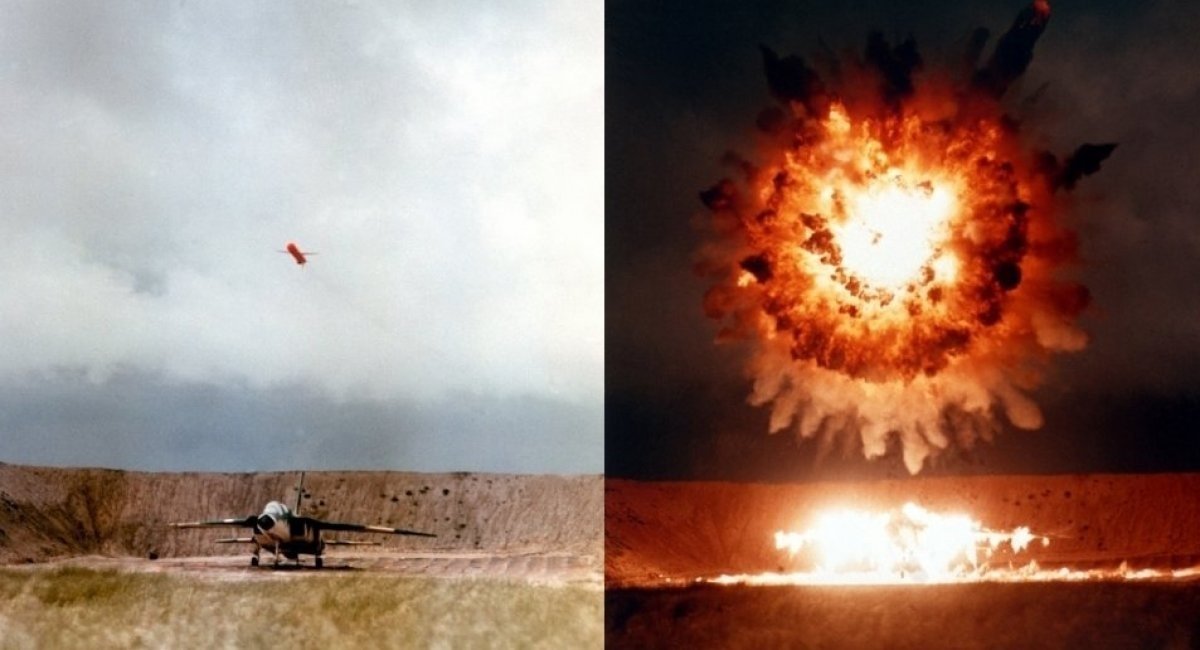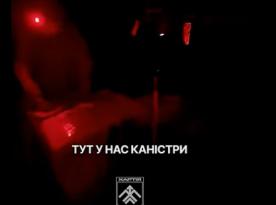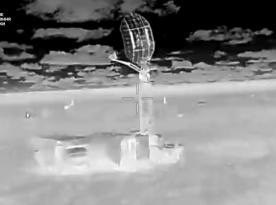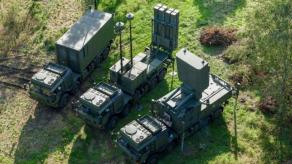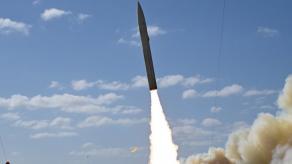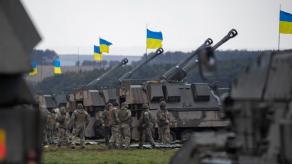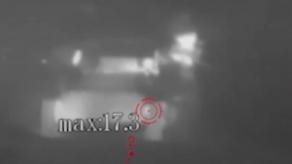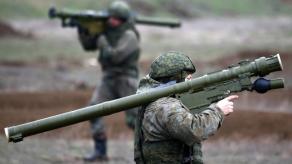Ukrainian long-range kamikaze drones that successfully attack russian air bases at a range of 1800 km, are equipped with a warhead that is perfect for these tasks. It was used during the last strike on Olenya airfield.
A spokesperson of the Defence Intelligence of Ukraine Andriy Yusov, told about this and other details in an interview with Radio Liberty.
Read more: Massive russian Armored Assault With Motorcycles and a Buggy, Repelled by Ukrainians (Video)
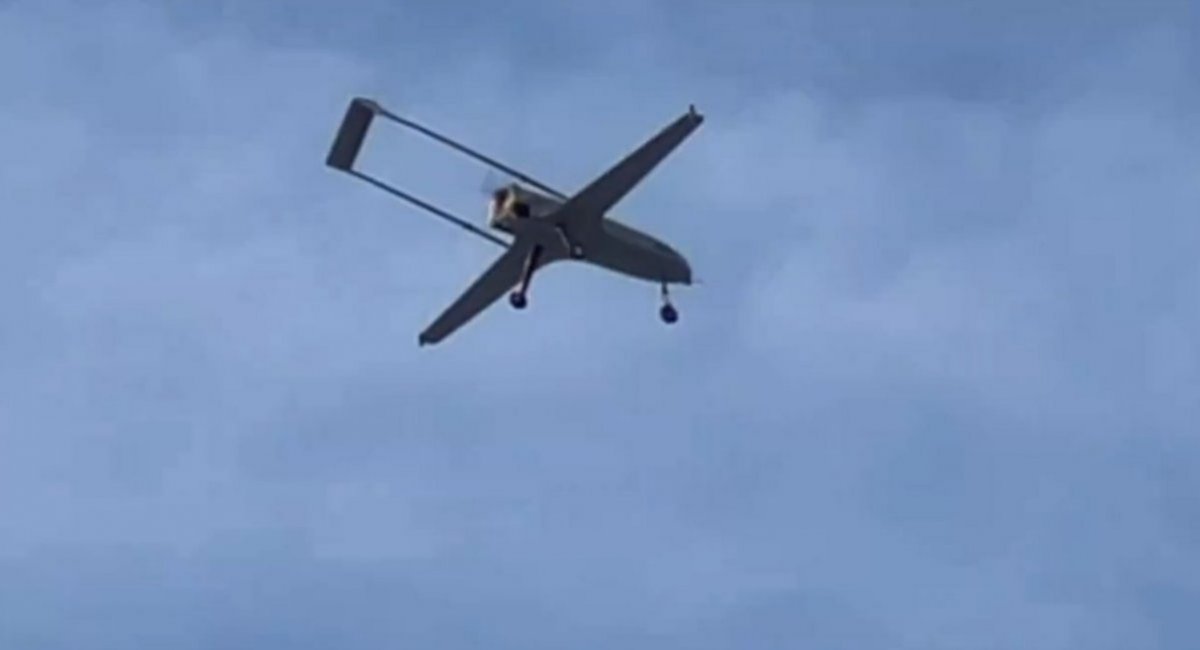
He noted that as a result of this attack, when the warhead exploded over russian aircraft, not one but two Tu-22M3s were hit. Aircraft number 33 sustained holes in the upper part of the fuselage, as well as number 31 sustained other "certain damage". According to the Defence Intelligence of Ukraine, it could take several months to repair these bombers.
He also added that russian air defense not only missed Ukrainian drones, but even the air alarm at Olenya air base failed to go off.
As Defense Express, we would like to point out that installing airburst warheads on drones to destroy aircraft at air bases is an ideal solution. The fact is that the russian federation does not even plan to build shelters for strategic bombers. They stand either in open areas or use so-called caponiers (open top shelters).
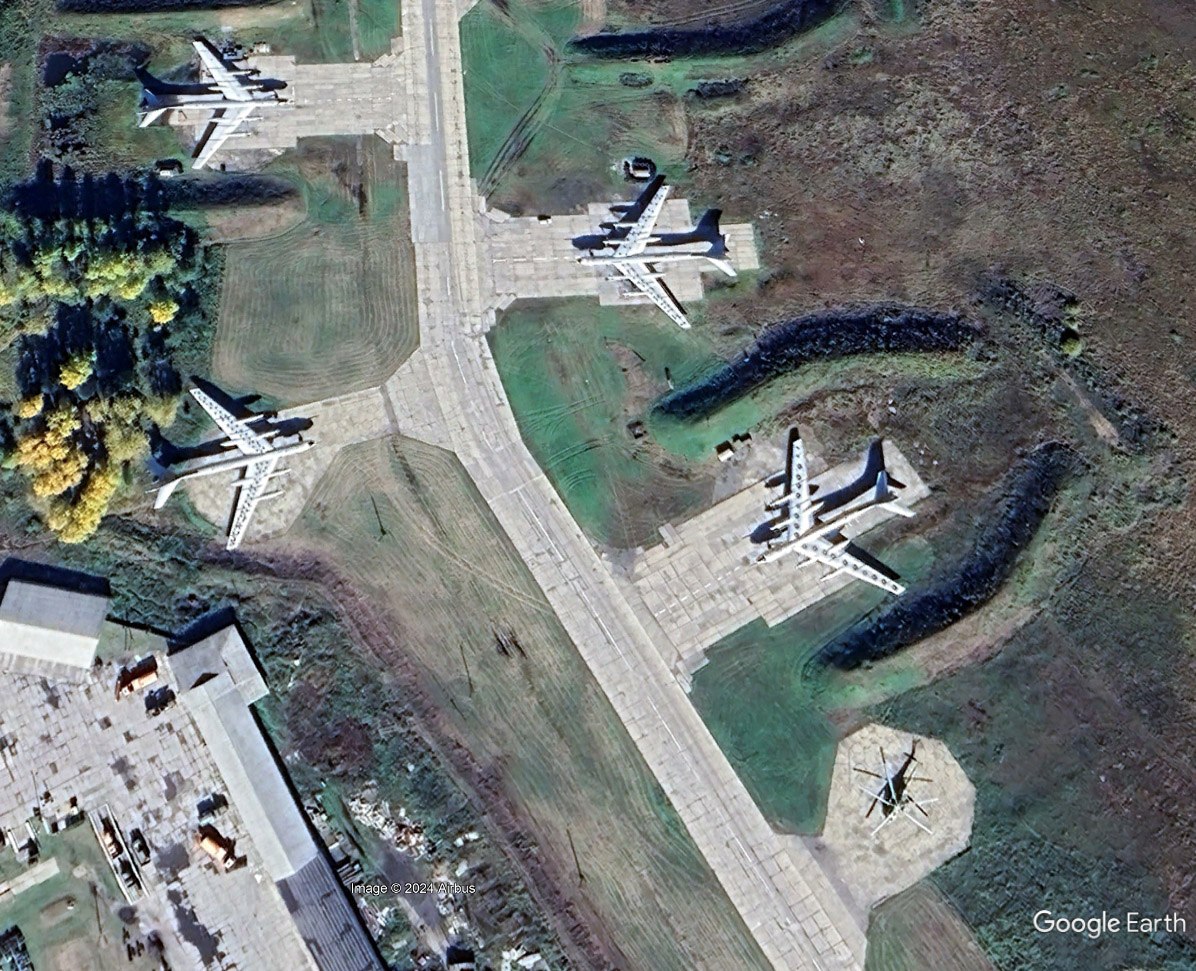
Caponiers can effectively protect against fragments in the event of a land-based explosion, but they are helpless in the event of airburst. Moreover, the affected area after airburst is usually larger. Thus, the effectiveness of strikes by Ukrainian drones with such a warhead will be much higher than drones with a contact-fuzed warhead of similar weight.
This also explains why satellite imagery may not even show any traces of russian aircraft being hit. In particular, such warheads are more fragmentary than high-explosive, so they can significantly damage body of an aircraft. But satellite images may not show it. In particular, it should be recalled what ATACMS missiles did to russian helicopters when cluster munitions exploded.
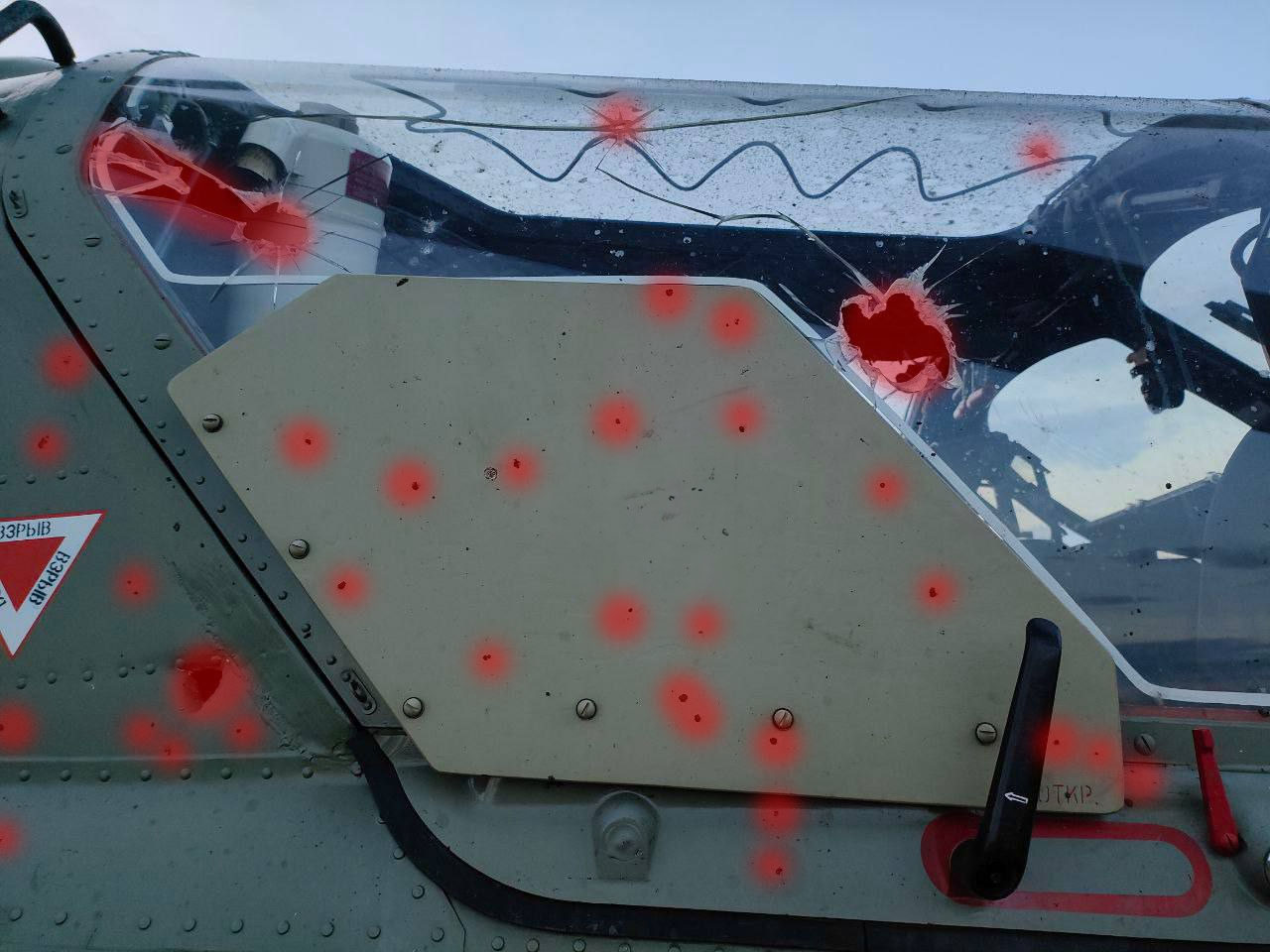
Now ATACMS is equipped with a high-explosive warhead with an airburst option instead of cluster warhead while for GMLRS such explosion is basic. Some cruise missiles, such as the Tomahawk, also have this mode.
Earlier Defense Express reported that not only Su-30 aircraft but russian radars had been hit during attack on Saki airfield.
Read more: russia Wants to Dust Off and Revive the Yak-141 VTOL Aircraft Project, Terminated in 1992




